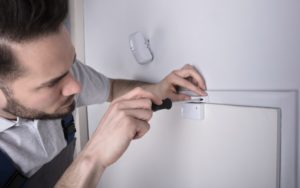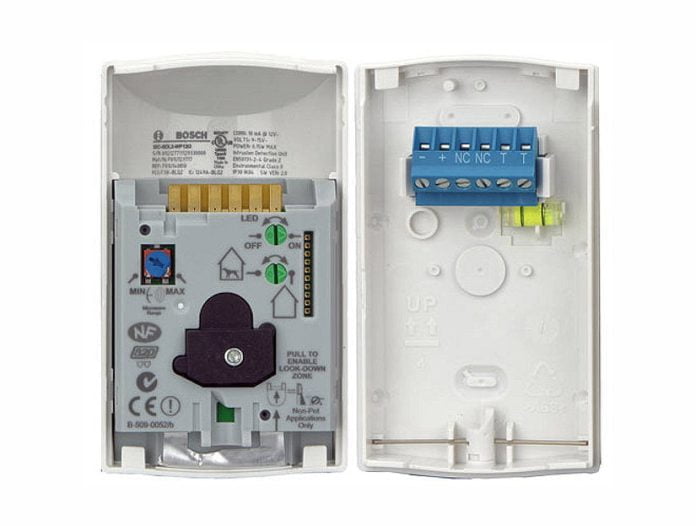Alarm Sensor Installation Tips
Alarm sensor installation tips – Before any security sensors are installed technicians should check to ensure there’s been no damage caused by shipping and the same checks should take place during system commissioning.
These checks will reduce false alarms and expensive site visits to rectify faults that should have been picked up while installation teams were on site. It’s always a good idea to read the instructions until you are familiar with a sensor’s capabilities. Pay attention to things like range, sensitivity settings, lens options, mounting height and pattern shape. If you’ve never bothered, read up on the strengths and weaknesses of PIR and microwave sensing.
When onsite, consider the probably paths of movement, especially at night when intrusions are most likely to occur. You’re not trying to detect law abiding staff marching up to the front door and tromping through the building in the most economical way. Pay attention to areas of shadow at the edges of ambient light.
You must be sure that any active motion detector transducers are installed firmly on vibration free surfaces. Make sure sensors are installed at the optimum height and they are level – a sensor that’s installed on an angle will express its detection zones differently, especially at the outer reaches of the detection zone.

Alarm Sensor Installation
Another important point with alarm sensor installation is to ensure that sensitivity is never adjusted to such extremes that a detector is prey to picking up environmental disturbances – EMI, RFI, strong light, air currents, adjacent pedestrian and vehicle traffic, combinations of factors that might compromise dual technology sensors.
Sensors are especially likely to be tuned too highly on large sites when the preferred technology is not available due to budget constraints, or if the same sensor has been used throughout an applications, regardless of location.
When setting sensitivity make sure the sensor is positioned and tuned to allow the best possible performance in a worst-case environment – think hot summer days with temps over 30C – never over-extend a sensor in perfect installation conditions.
Every sensor enclosure should have tamper protection and any units located externally should be installed in weatherproof enclosures with boards conformal coated. Care should also be applied to installation of the cable plant, with all cabling sealed in conduit meeting the Australian Standard and buried or carried too high to be reached.
Special attention should be paid to electrical connections – these are the areas a sensor and its zone loop are most likely to run into trouble. Applying protective coatings like lanolin – even internally. When terminating, favour spade connectors over bare wires, when connecting internally use shrink wrap. When connecting externally, seriously consider junction boxes.
When undertaking alarm sensor installation, external zones should be no greater than 300 metres to allow better response and maintenance. This especially applies to technologies capable of huge sensor cable runs like fibre optics.
You can find out more about alarm sensors here.








